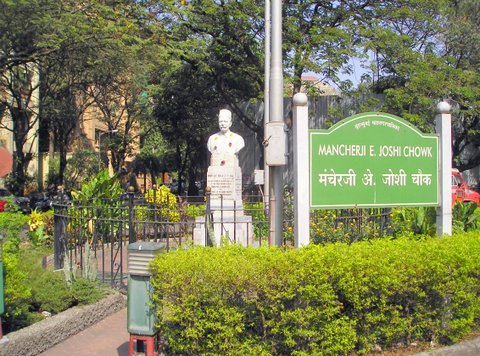Parsis arrived in India in the 8th-10th century and settled in Sanjan, Gujarat. They later moved to Maharashtra, where Mumbai has the largest number of Parsis. Parsis have integrated into Indian society and maintained their culture. Here are some places to experience Parsi culture and heritage in India.
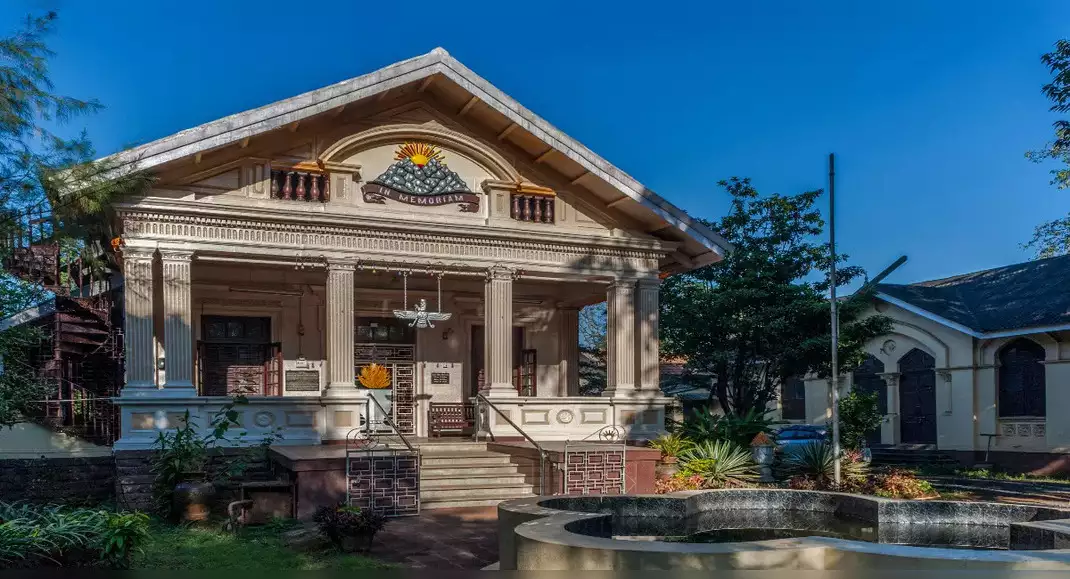
Udvada
Udvada is a coastal town in Gujarat, Gujarat, important for Parsis. It has a Zoroastrian temple, Udvada Atash Behram, the most sacred in India. It is one of the oldest continuously burning fire temples in the world.
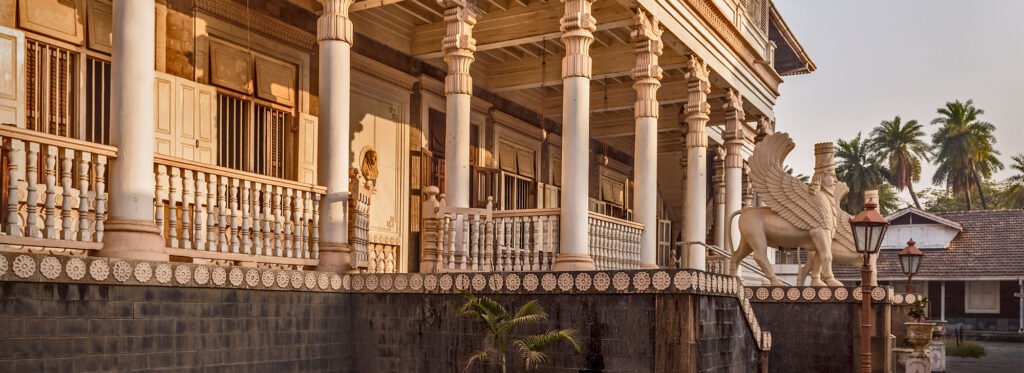
Baroda
Parsi Agiary is the first Parsi temple in Baroda, Gujarat, built in 1923 by Faramji Contractor for the Parsi community. It is managed by family members and showcases the local architecture style mixed with Parsi elements. Great way to understand Baroda’s architecture.
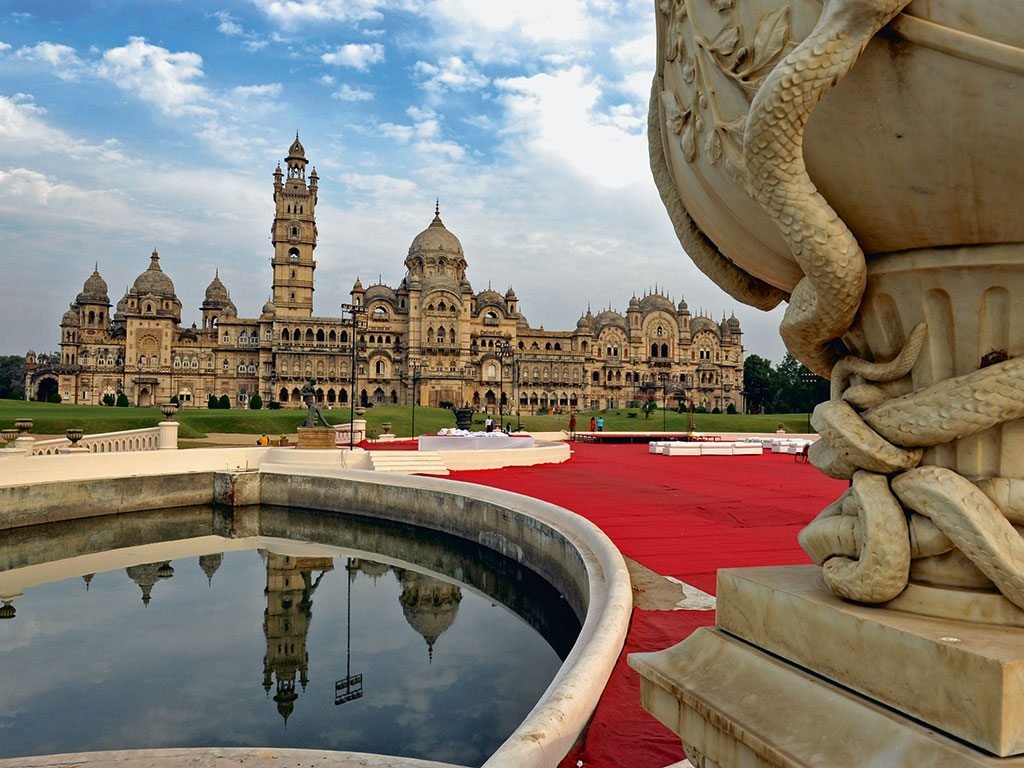
Pune
MG Road in Pune, a prominent Parsi hub, is celebrated for its diverse culinary scene, particularly in the lively Camp area.
Transitioning to a gastronomic adventure, the street offers an array of delectable options, making it a must-visit for food enthusiasts seeking Parsi charm in Pune.
Sharbatwala Chowk is well-preserved for Parsi culture. Camp was a popular landmark in the past.
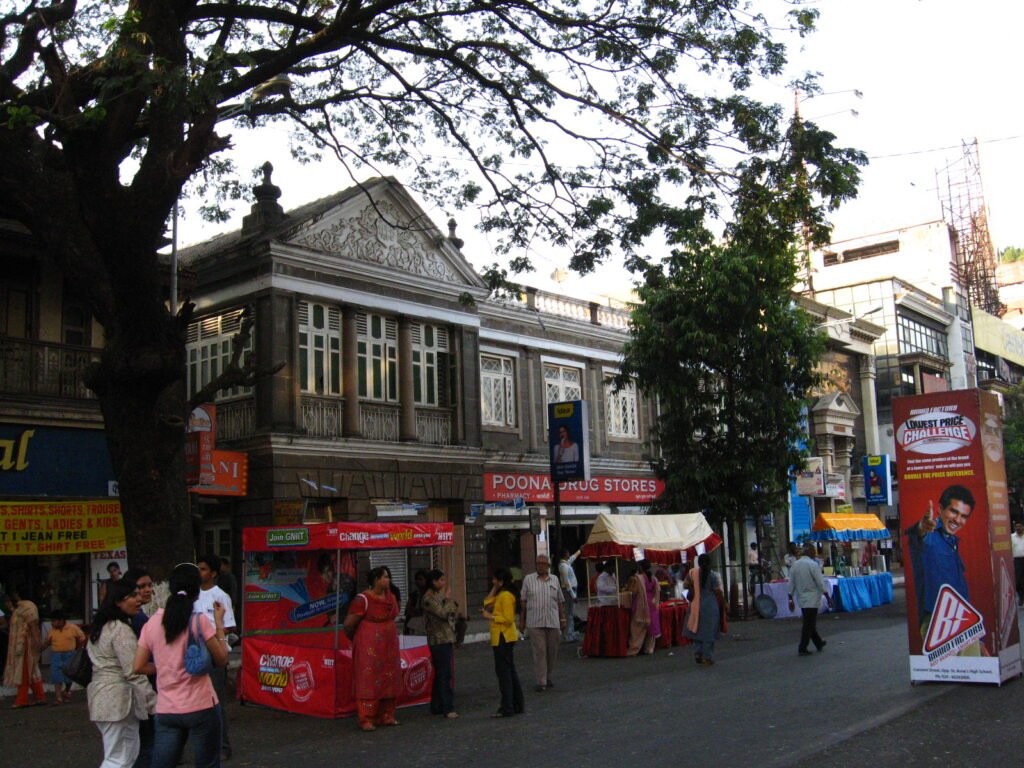
Bahrot caves
Bahrot Caves in Maharashtra, India are the only Zoroastrian cave temples in India. They provided shelter to Parsis during the invasion of Sanjan in 1393. They hid for 13 years and brought the Iranshah Flame, now burning in Udvada.
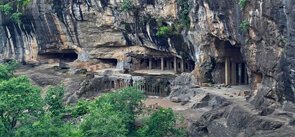
Dadar Parsi Colony
Dadar Parsi Colony is the largest and best Parsi colony in Mumbai, with art deco buildings and the famous Five Gardens.
